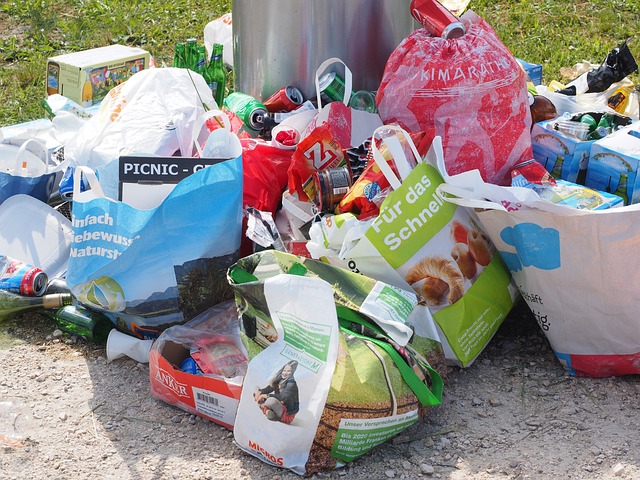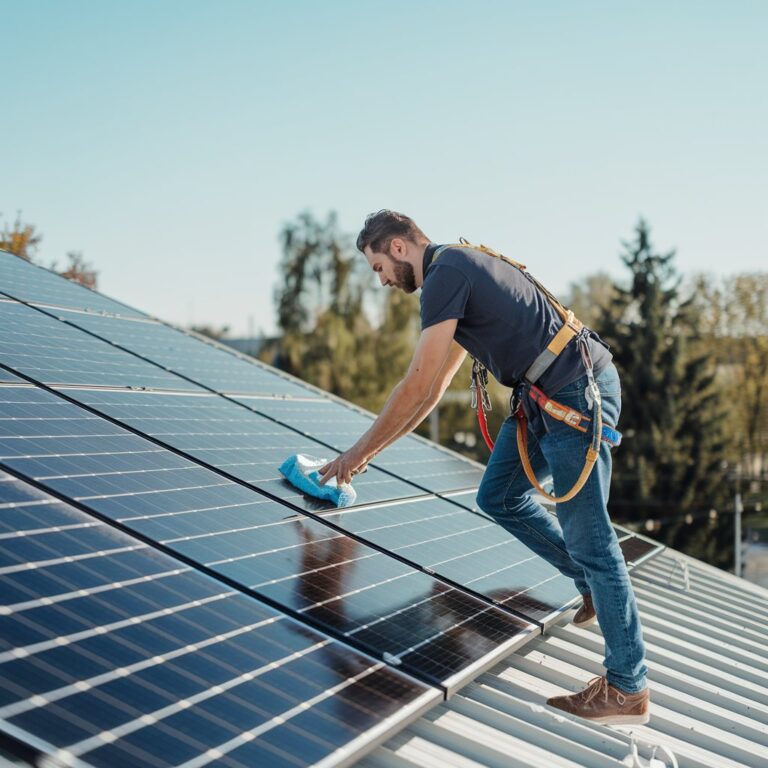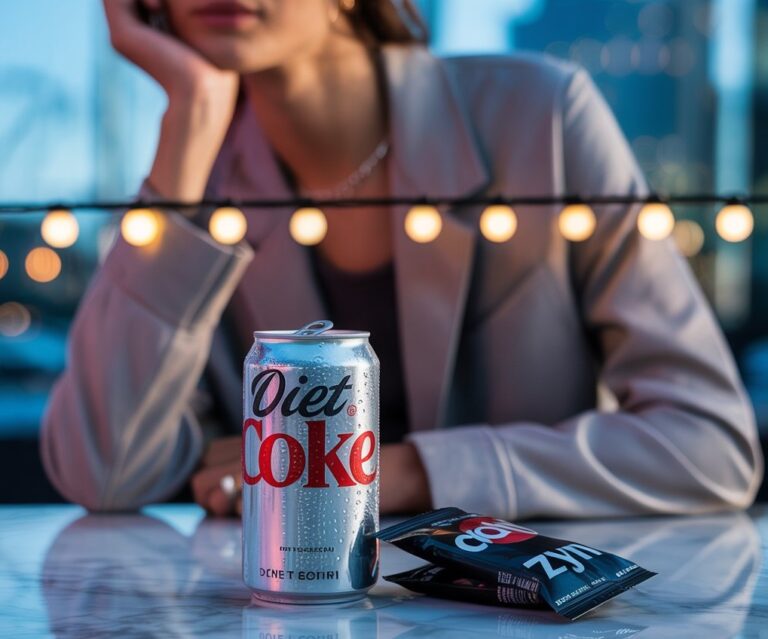Sorting waste doesn’t have to be confusing. Or time-consuming. And no, you don’t need a degree in recycling symbols to get started. With just a few easy changes, you can make a big difference for your home, your city, and the environment.
From paper scraps to old batteries, this guide will help you sort smarter without the stress. And if you’ve ever wondered where to toss your greasy pizza box or expired shampoo bottle, we’ve got answers.
Before we dig in, let’s talk supplies. Proper waste sorting isn’t just about what goes in the bin—it’s about keeping everything clean and contained. That’s where sturdy options like 42-gallon contractor bags come in handy. If you’re dealing with bulky or heavy household waste, contractor trash bags are a wise choice to avoid rips and leaks during cleanup.
Now, let’s break it down.
Why Waste Sorting Matters
Why bother? One word: impact.
When trash gets sorted right, more of it gets recycled. Less ends up in landfills. And that helps reduce pollution, save energy, and cut down on greenhouse gases.
Here’s the thing: a banana peel in the wrong bin can contaminate a whole bag of recyclables. One mistake? It adds up.
Waste sorting also saves money for local services. Recycling is cheaper than processing mixed garbage. It keeps the system running smoother—and cheaper—for everyone.
So yes, your sorting habits do matter. A lot.
What Goes Where? The Main Waste Categories
Let’s get clear on the basics. Most waste falls into these main buckets:
- Recyclables: Clean paper, cardboard, hard plastics, cans, glass jars
- Organics: Food scraps, coffee grounds, garden trimmings
- Landfill waste: Dirty paper, plastic bags, Styrofoam, broken glass
- Hazardous waste: Batteries, chemicals, electronics, expired medicine
Different areas have different rules. But this list is a good place to start.
When in doubt? Check your local waste sorting guide. Or better yet, post it on your fridge.
The Color Code: Bin Systems Made Simple
Bins aren’t just for looks. Their colors tell you what goes where. But depending on where you live, the color system may vary.
Still, here’s a general guide:
- Green = Organic waste
- Blue = Recycling (paper, plastics, cans)
- Black or gray = General trash
- Red or yellow = Hazardous/special waste
Some homes have combo bins. Others come with labels. If your bins don’t? Stick on your own labels to avoid confusion.
Everyday Sorting Tips You Can Start Today
1. Rinse Before You Toss
Recyclables need to be clean. Food residue? It ruins the batch. Give cans and jars a quick rinse before tossing. It only takes a few seconds but makes a big difference.
2. Keep a Mini Bin in the Bathroom
Empty shampoo bottles and cardboard toilet rolls are recyclable. But most end up in the trash. A small bathroom bin makes it easier to collect these. Better yet, choose a stylish container to match your decor so it doesn’t get overlooked.
3. Use Clear Bags for Recyclables
Want a quick visual check? Clear bags let you see if you’ve sorted right. Great for catching mistakes before they leave your home. Some cities even require them for curbside pickup.
4. Label Your Bins Clearly
No guessing games. No mistakes. Use bold, waterproof labels that spell out exactly what goes where. Add visuals for kids or guests who may not be familiar with the system.
5. Break Down Boxes
It saves space and makes life easier for the folks handling your recycling. Plus, it looks a lot neater. Flatten cereal boxes, delivery packages, and cardboard sleeves before placing them in the bin.
6. Freeze Food Scraps Until Collection Day
Got a compost bin that smells? Freeze scraps in a container and empty it right before pickup. No flies. No odor. And way less mess to deal with.
Bonus Tip: Set a reminder. A quick alarm or calendar alert can help you stay on top of sorting and collection days.
Mistakes Most People Make (And How to Fix Them)
We all get it wrong sometimes. Here are the most common errors:
- Pizza boxes: Greasy ones go in the trash. Only clean, dry cardboard is recyclable.
- Plastic bags: Don’t put them in your recycling bin. Take them to a store drop-off.
- Styrofoam: Most programs won’t accept it. Landfill only.
- Coffee cups: Many are lined with plastic. Toss in the trash unless your city says otherwise.
- Wet paper: Useless for recycling. It clogs machines.
A quick scan before binning can prevent all these.
Waste Sorting in Small Spaces: Smart Solutions
No garage? Tiny apartment? You can still sort like a pro.
- Use stackable bins that fit under the sink. They make use of vertical space and can be labelled for clarity.
- Hang recycling bags inside cabinets. Easy access, out of sight, and great for narrow kitchens.
- Store compost in the freezer (see Tip 6). No odor, no insects, and no excuses.
- Choose collapsible bins that expand as needed. Great for renters or seasonal use.
- Go digital. Use sorting apps to quickly check what goes where.
- Use trays or dividers in drawers to sort batteries, light bulbs, or electronics until you’re ready to drop them off.
Even in the smallest living spaces, clever placement and a little creativity can go a long way. With the correct setup, sorting becomes a seamless part of daily life.
Sorting Beyond the Kitchen: Bathroom, Office, and More
Sorting isn’t just for the kitchen.
- Bathroom: Shampoo bottles, toilet paper tubes, packaging from beauty products. Set a bin near the vanity or under the sink.
- Office: Printer paper, envelopes, junk mail, and even ink cartridges. Keep a recycling tray near your desk.
- Living room: Batteries from remotes, electronics packaging, lightbulbs. Place a small box in a corner or storage bench to collect specialty items.
Don’t overlook these areas. They may not produce as much waste as the kitchen, but what they do produce is often recyclable. A little bin in each room goes a long way toward staying on track.
Where to Recycle Special Items (Batteries, Clothes, Electronics)
Some items just don’t belong in household bins. But that doesn’t mean they’re trash.
Here’s where to take them:
- Batteries and bulbs: Many hardware stores accept them. Look for a collection box near the front desk.
- Old clothes: Donate if wearable. Recycle at fabric drop-off bins otherwise. Some brands even accept used garments in-store.
- Electronics: Check local e-waste programs or tech stores. Old phones, cables, printers, and laptops often qualify.
- Medicine: Take back to pharmacies (don’t flush it!) Most have locked bins or a pharmacist-assisted disposal.
- Paint and chemicals: These are hazardous. Drop them at designated collection days or facilities.
A quick online search can help you find the nearest spot. Many cities also offer annual collection events for hard-to-recycle items.
Small Habits, Big Impact
Sorting waste isn’t just a chore. It’s a habit that makes life cleaner, simpler, and more sustainable. And once you build a rhythm, it sticks.
Start small. Label your bins. Teach your household. Get those contractor bags for heavy-duty use. And keep it consistent.
Because when everyone does a little? The result is a lot.
Ready to sort smarter? Your bins are waiting!




